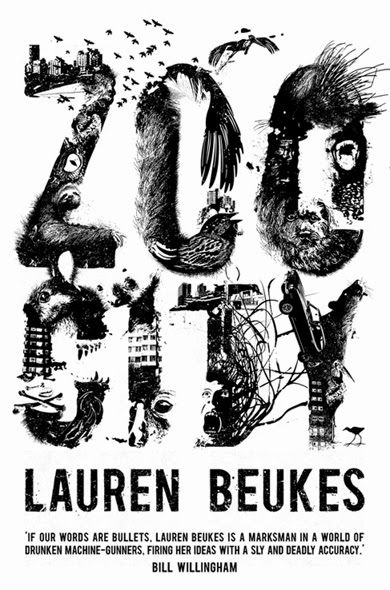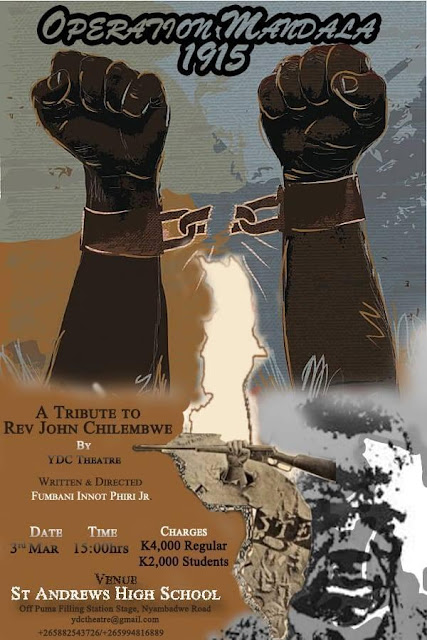My First Published Article
The Clock Tower, the Gun, and the Boat:
A Walk on the History Side of Mangochi
By Ekari Mbvundula
Those who know anything about Mangochi will immediately associate it with sandy beaches, luxurious resorts, and holiday time. It is one of the many districts, that are lined north to south of Malawi, which create a stunning border between the land and the lake. What is often forgotten is that it must also be a functioning town, with businesses, trade and history.
The Mangochi town centre, or Boma, is a slice of its bigger Lilongwe and Blantyre counterparts. It is quickly apparent that there are more bicycles than cars and they dominate the roads. In fact, it is the cars that have to weave in and out of bike traffic! However, the town’s smallness makes the presence of history that much more prominent.
Every town in the world has history. Rather than a line of dates on a classroom chalk board, I see history as a story. It is many overlapping stories taking place in one place; the invisible paths we have all taken, criss-crossing with those in the past, which will then be crossed by those who walk on the land after us.
So I began to make my own journey, in search of clues and signals as to how the people of the past lived there. I began by stepping outside the lodge I was taking residence. History was right at my doorstep!
The first thing I saw was an ancient clock tower, at least twenty metres high. The Vipya Monument is one of the tallest built structure in town and is located next to the Bakili Muluzi bridge crossing the river. On closer inspection, the monument holds a sense of reverence with its somewhat out-of-place architecture. It is European in design, made of brown bricks instead of the locally made red burnt bricks.
The sign in front of it indicated that its presence stands as a reminder of 145 passengers who lost their lives in when a ship called The Vipya sank. Although it practically dripped history its time was definitely wrong. It reminded me of a cathedral, complete with a wooden door at the front whose door handle was equally ancient. Naturally, having read many fantasy novels featuring old doors, I knew it must lead to another world. Tentatively and self consciously I tried the handle but it didn’t open. Either it was because it was too rusted or there was a hidden key somewhere required to open it, but that would be starting a whole other quest story altogether.
 I circled to the other side of the tower and found an old heavy duty cannon, the kind I imagined would be used to target enemy ships. The sign next to it described it as a 6 PR Hotchkiss gun, which I learnt was used as artillery in Victorian forts. There were no Victorian forts that I knew of in the area, so I imagined that in its non-monument days, its role was to defend the coastline. All I knew for sure was that I didn’t want to be on the wrong end of it.
I circled to the other side of the tower and found an old heavy duty cannon, the kind I imagined would be used to target enemy ships. The sign next to it described it as a 6 PR Hotchkiss gun, which I learnt was used as artillery in Victorian forts. There were no Victorian forts that I knew of in the area, so I imagined that in its non-monument days, its role was to defend the coastline. All I knew for sure was that I didn’t want to be on the wrong end of it. When I left the monument, I began to ask around to find out if there were other preserved historical elements to the town. I soon learnt that there was a museum. It was a bit of a challenge to locate, as there were no obvious signs from the main road. The third person I asked for directions was thankfully the correct one, and I found myself standing before the Lake Malawi Museum.
When I left the monument, I began to ask around to find out if there were other preserved historical elements to the town. I soon learnt that there was a museum. It was a bit of a challenge to locate, as there were no obvious signs from the main road. The third person I asked for directions was thankfully the correct one, and I found myself standing before the Lake Malawi Museum.
Although humble in structure, the Lake Malawi Museum was a treasure trove of history. After paying an entrance fee of less than 100 Kwatcha, I had the opportunity to check out different aspects of Malawi contained in well-lit themed display cabinets. An additional 200 Kwacha granted me permission to take photographs. At these reasonable prices, a visitor’s eyes can drink in the natural history, with displays showing several life-size species of animals found in the region.
However, the part that drew me was the anthropology research. The museum’s management had assigned researchers to locate and interview various chiefs, building an oral history of the different ethnic groups that make up our culturally diverse nation. They displayed printouts of the stories in glass boxes lit from below, contrasting with the dim ambience of the museum rooms. Stories, like one of a chief whose name was changed three times, were printed and displayed for visitors to read.
The museum gives a tangible impression of stepping into the historical culture, covering every aspect of life. Maps of the land, stone flint tools from the Stone Age, weapons from the Iron Age, clay pots, wooden gourds, and even a salt bag which my guide informed me had been made from bark all sat on display.
And of course, no display of Malawian culture is complete without a full scale model of the iconic dugout canoe with tools of the fishing trade. Truly, our ancestors lived life fully, shown by the beautifully made musical instruments on display, complimented by the old photographs showing how they were used. I could almost hear the eternal drumming!
What livelihood would be complete without games? There was the popular board game bawo, a 1 metre by half metre wooden plank, with 8x4 evenly carved semi-circular grooves, and 2 seeds per groove. Bawo is a two player game that is still played avidly to this day and it is not uncommon to see two men seated on stools while using a tree stump to sit the board on.
As I moved along, I came across a more sombre display - a section which documented the unjust years of the slave trade. Wooden carvings of two slaves, one in front of the other, shackled together at the neck with a log, and paintings of black men slave-driving other black people. This image resonated deeply within me, reminding me not to take my freedom today for granted.
Further along there was a fascinating display of original china goods brought by the colonialists, old fashioned nautical equipment, and a red velvet case of ancient surgical equipment. The sight of the sharp tools would have been enough to send me running from the surgery! Grateful for the pane of glass separating me and pre-anaesthesia pain, I proceeded (quickly) to the largest room in the museum.
What was within this room was quite special indeed, and I commended the museum designers for making it one of the last displays as it was most certainly a treat - it was a boat! An entire boat called the Geundolen was positioned in such a way where you step right onto it upon entering the room. It even had a Jack-Sparrow-esque steering wheel.
Next to it, the rear part of another, larger boat was fastened to the floor, the rudder digging into a sand pit. Upon looking around the room more carefully, I saw that it was a space that was dedicated to boats and ships. On the walls there was a detailed mural which was intended to give the effect of one really being out on the lake. Framed black and white photos of various ships were mounted, each with detailed descriptions of their history.
Finally, there was a small aquarium, housing many species of fish, a good number of which are found exclusively in Lake Malawi. At the end of the tour, I felt like I had taken a good chunk of culture, history and knowledge with me. I asked my guide about what kind of visitors came to the museum. "Everyone!" he said with a smile. "The local people, even children, the foreigners, they all want to come and see." I was delighted to hear that the appreciation of history is not faded. It is especially important that new generations learning as much as they can about the past that moulded their future.
It was a revelation to consider that this sand under my feet, the lapping water, the rocks beneath the waves which felt so fresh and new – had been trodden on by millions of feet, and seen by millions of eyes, over millions of years.
Before we were a nation, this land, and this lake were here.









Thanks for bringing back such awesome memories. I grew up in Malawi, have visited the clocktower and seen the gun - but had no clue there was a museum in Mangochi. Did you get to eat some chambo?
ReplyDeleteOh yes, chambo, the best fish in Malawi. I did have some yes, grilled is my favourite. The museum needs to be advertised more, because it truly is a valuable source of culture. Next time someone you know is going to Mangochi, let them know that there is more than resorts and beaches!
ReplyDeleteThank you for an informative article.
ReplyDeleteYou're welcome Zeena, I'm glad you learnt something new. Keep loving Malawi, the Warm Heart of Africa
ReplyDeleteFirstly, I enjoyed reading this article. It makes me appreciate Mangochi so much more than I do already. I would really love to visit that museum. Are there clear directions to it?
ReplyDeleteOn a slightly different note, there are portions of the article that could contain more detail such as what was so special about the chief who changed his name numerous times and what were the reasons behind those actions. Also, a few more photos showing the bao board and the 'boat room' would have been most welcome.
Furthermore, it's a little surprising that Kwacha was misspelled as Kwatcha.
Overall though, it is a well-written piece with tasteful humour and it is quite informative as well. Wonderful job EtherealEmber
Thank you for the critique! To answer your queries: There aren't really clear directions, finding the museum was part of the adventure I believe, haha! And about the details of the chief, my job here was to encourage you to explore for yourself... There were other photos that I took, but these are the ones that were chosen by Ulendo magazine. Remember, I had a limited number of words and pictures that could be printed.
ReplyDeleteI've corrected the Kwacha :-)